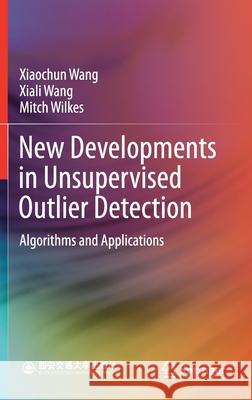New Developments in Unsupervised Outlier Detection: Algorithms and Applications » książka
topmenu
New Developments in Unsupervised Outlier Detection: Algorithms and Applications
ISBN-13: 9789811595189 / Angielski / Twarda / 2020 / 277 str.
New Developments in Unsupervised Outlier Detection: Algorithms and Applications
ISBN-13: 9789811595189 / Angielski / Twarda / 2020 / 277 str.
cena 682,72
(netto: 650,21 VAT: 5%)
Najniższa cena z 30 dni: 655,41
(netto: 650,21 VAT: 5%)
Najniższa cena z 30 dni: 655,41
Termin realizacji zamówienia:
ok. 22 dni roboczych.
ok. 22 dni roboczych.
Darmowa dostawa!
Kategorie:
Kategorie BISAC:
Wydawca:
Springer
Język:
Angielski
ISBN-13:
9789811595189
Rok wydania:
2020
Wydanie:
2021
Ilość stron:
277
Waga:
0.59 kg
Wymiary:
23.39 x 15.6 x 1.75
Oprawa:
Twarda
Wolumenów:
01
Dodatkowe informacje:
Wydanie ilustrowane











